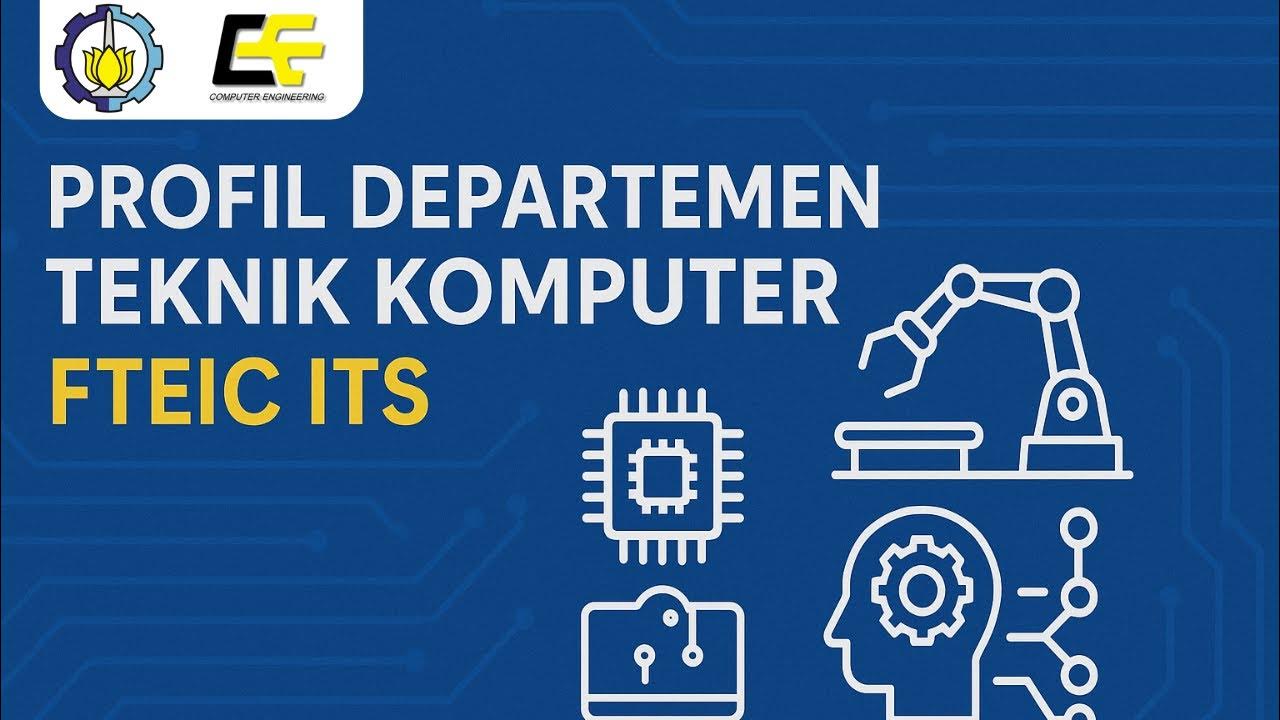Interaksi Manusia dan Komputer - Informatika Kelas X
Summary
TLDRThe video discusses human-computer interaction, highlighting the importance of both hardware and software in computing systems. It introduces various interaction types, including Graphical User Interface (GUI), which allows users to interact through graphical menus; Command Line Interface (CLI), where commands are entered as text; and voice-based interactions that record audio inputs. Additionally, it covers image and video interfaces utilizing cameras and other input devices like keyboards and touchscreens. The content emphasizes the evolution of user interaction methods and aims to enhance understanding of these fundamental concepts in computing.
Takeaways
- 🌟 The video begins with a greeting and well wishes for health and recovery for those unwell.
- 💻 The topic of discussion is the interaction between humans and computers.
- 🔗 A computer system consists of hardware and software that interact with each other.
- 🖼️ Graphical User Interface (GUI) allows users to interact through graphical menus, icons, and buttons.
- ⌨️ Command Line Interface (CLI) enables users to run commands through text input in a terminal.
- 🎤 Voice interfaces allow users to give commands verbally, requiring audio recording capabilities.
- 📷 Image and video interfaces involve capturing media using hardware like cameras.
- 🖱️ Users can interact with computers through various input devices such as keyboards, mice, and touchscreens.
- 🔧 Different types of interfaces cater to diverse user needs and preferences for interacting with technology.
- 🎓 The session concludes with encouragement for learning and success.
Q & A
What is the main topic discussed in the transcript?
-The main topic discussed is human-computer interaction and the different types of interfaces that facilitate this interaction.
What does GUI stand for, and how does it function?
-GUI stands for Graphical User Interface. It functions by allowing users to interact with the computer through graphical elements like menus, icons, and dialog boxes.
Can you explain what a Command Line Interface (CLI) is?
-A Command Line Interface (CLI) is a text-based interface where users input commands directly into a terminal, executing programs and operations through typed commands.
How does voice interaction work in human-computer interaction?
-Voice interaction allows users to give commands or input data verbally, requiring hardware such as microphones to capture and process audio.
What role do cameras play in the interaction described in the transcript?
-Cameras are used to create an interface that allows users to capture images and videos as part of the interaction process.
What are some examples of input devices mentioned in the transcript?
-Examples of input devices include keyboards, mice, touchpads, and virtual keyboards.
How does the interface using images differ from a text-based interface?
-An interface using images relies on visual inputs captured by cameras, while a text-based interface, like CLI, relies solely on textual commands.
What are the advantages of using a GUI over a CLI?
-GUIs are generally more user-friendly and intuitive, allowing users to interact through visual elements rather than memorizing commands.
Why is it important to have various types of interfaces in computing?
-Having various types of interfaces accommodates different user preferences and needs, enhancing accessibility and usability for diverse populations.
What closing remarks were made at the end of the session?
-The session concluded with best wishes for successful learning and health for the participants.
Outlines

此内容仅限付费用户访问。 请升级后访问。
立即升级Mindmap

此内容仅限付费用户访问。 请升级后访问。
立即升级Keywords

此内容仅限付费用户访问。 请升级后访问。
立即升级Highlights

此内容仅限付费用户访问。 请升级后访问。
立即升级Transcripts

此内容仅限付费用户访问。 请升级后访问。
立即升级浏览更多相关视频

Hardware, Software dan Brainware serta Keterkaitannya | INFORMATIKA SMA KELAS 10

1.1 - Arquitetura de Computadores - Introdução

Profil Departemen Teknik Komputer FTEIC-ITS

Perangkat Keras (Hardware) - Informatika kelas 7 SMP/ MTs (Sistem Komputer)

Operating System tutorial for beginners | Lec-1| Bhanu Priya

Software and It's Types | Class - 5 Computer | CBSE/ CAIE Computer | Types of Software
5.0 / 5 (0 votes)
